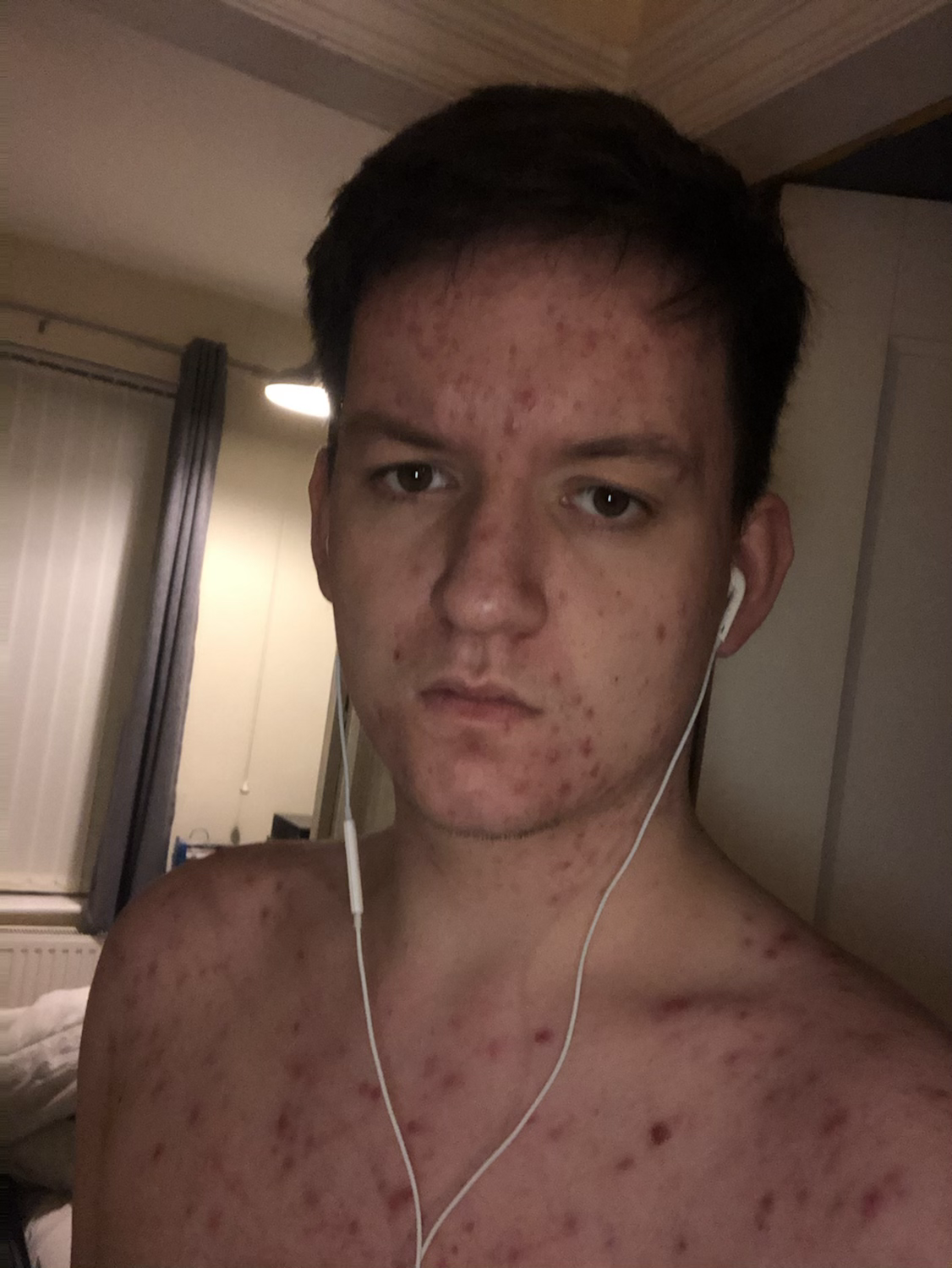Candyman (1992)- Classic Reviews
- Tom Jay

- Mar 30, 2020
- 3 min read
Updated: Jul 31, 2020
Say his name five times...

Alternative Poster art for Candyman (1992)
Fresh off my first viewing of this 90s horror, I’ll quickly preface this by outlining my intentions for this piece: thought mapping. The review part will still very much be there but this is a chance to touch on some of the meanings and readings one could draw from this text.
Adapted from a Clive Barker story entitled, “The Forbidden”, Candyman (d. Bernard Rose, 1992) follows Helen Lyle (Virginia Madsen) as she crafts a study on urban legends, particularly the titular tale in the estate of Carbrini Green, Chicago, Helen stumbles upon something more than just a myth.
There is no other way of labelling this film other than a great of the genre as far as I’m concerned. Not exactly stuffed with conventions expected of the horror, rather much like Scream (d. Wes Craven, 1996) it has transcended the notion of genre and is very much significant as far as culture is concerned, as well as it’s merit for study from the film student viewpoint. Viewing Helen’s research process and how the myth has enveloped the neighbourhood, and then eventually it’s effects on Helen herself, this often incredibly tense affair is a viewing experience I’ll not forget anytime soon. It stands out as a horror, more considerate as opposed to snappy and perhaps cliched which could be said for many of its counterparts. That notion has the framing to thank for this, we‘re just as helpless (and clueless) as Helen, plus in effect the viewer is also conducting the delve into the myth of the Candyman, it’s a stroke of genius that simultabeously draws us closer to the protagonist as well as keeping us at arms length from the whole horror of the piece itself until absolutely necessary.
In the role of the titular killer is Tony Todd. Boasting over 200 acting credits, this is perhaps his most iconic outing and, certainly from what I’ve seen his most imposing. A hulk of a man the physique of the star is used to advantage here, iconography and graffiti on the estate builds up the image of Candyman as a larger than life, brutal monster and, when finally revealed the giant Todd is unnerving. Speaking with such eloquence it contradicts almost everything else we can see of the villain. Facially, Candyman is almost a blur, thanks to the shadow that’s constantly cast amongst Todd’s face, the void atop the frame of Candyman is chilling and is perhaps a nod to the fact that he’s , to the residents at least, untouchable. These individuals know his name but nothing more and still live in fear of his legend, where Helen is granted a greater access in revenge of her skepticism. That’s not accounting for the body horror elements as well, see the swarm of Wasps as well as the severed, constantly dripping hooked hand. The whole image of Candyman is a constant, living, grotesque, statue of sorts, like a villain from the Resident Evil games.
Touching on the technical aspects, I viewed this via the Arrow Video Special edition Blu-Ray. Now, it’s personally got some issues (slight damage to the disc) which did ruin sequences but on the whole, the feature has a stunning 4K restoration and, especially when it’s isolated in certain scenes/the root menu the score is exceptional and really spine tingling, akin to that from Halloween (d. John Carpenter, 1978). Packed with a host of special features, this edition, should you need a recommendation is certainly worth buying.
As for the film itself, this slow burning depiction of Helen’s madness is a total joy to watch. A non-conformist horror masterpiece, the beautifully shot, brief outing is truly fantastically crafted and was extremely engaging as far as narrative goes.
Deeper than the review aspect, this film has such a value. Definable as a deviant when it comes to following the rules of horror as a genre, it’s significance is noteworthy and, as said earlier, truly makes it one of the standouts from the 90s thanks to aying with the conventions of horror as a genre and expectations of the audience. Additionally, it has a few counterpoints regarding representation and stereotypes which is a very deep topic to analyse and that’s even without covering the complex standpoint on race and class in Chicago and further afield in a time that was very much the calm before the storm in terms of social change and effects. In time I’ll cover these aspects in far more detail but for now, thats all.
By Thomas Jay






Comments